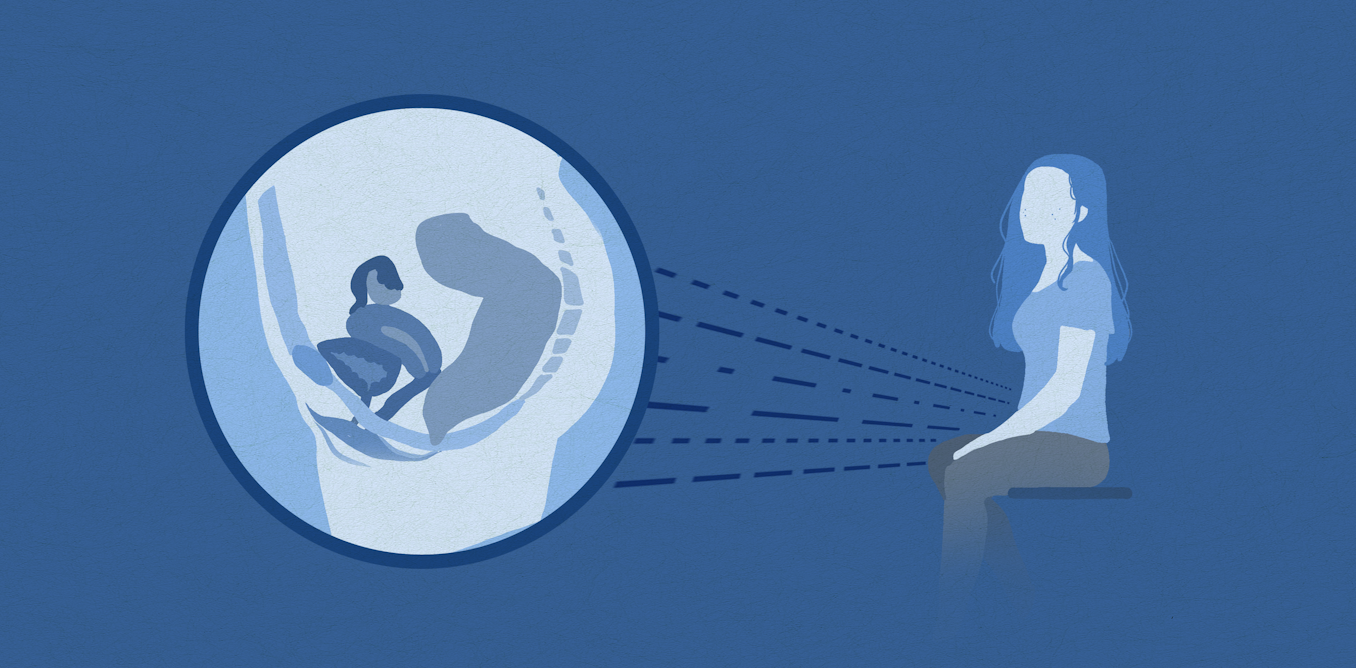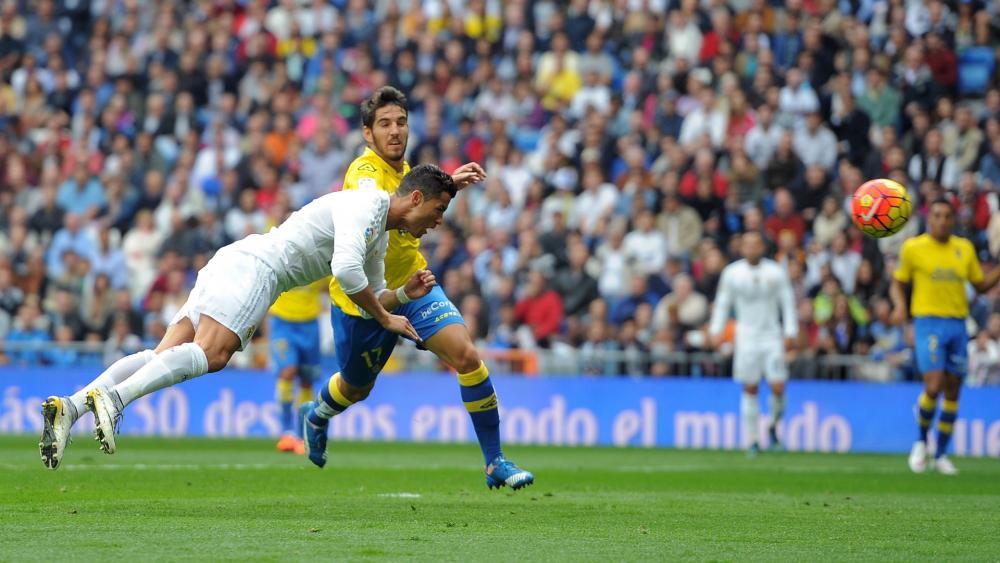
- Select a language for the TTS:
- UK English Female
- UK English Male
- US English Female
- US English Male
- Australian Female
- Australian Male
- Language selected: (auto detect) - EN
Play all audios:
_I Need to Know is an ongoing series for teens in search of reliable, confidential advice about life’s tricky questions_. ------------------------- > Are kegel exercises actually
beneficial? > > – Anonymous KEY POINTS * Yes, they are very beneficial * They are super easy to do (once you know how) * Childbirth is the common reason why pelvic floor muscles
weaken. Hi, and thanks for your question. Kegel exercises are also known as pelvic floor exercises and were introduced back in the 1940s by a gynaecologist (a medical doctor specialising in
women’s reproductive health) named, you guessed it, Dr Kegel. He developed these exercises as a method for improving control of urine leakage after childbirth. Your pelvic floor muscles are
quite an amazing collection of layers of muscle. The work they do also involves the bones of the pelvis (hip bones and lower end of the spine), ligaments and nerves. Together, they work a
bit like a hammock across the bottom of your pelvis not only to keep your organs from sagging but also work in sync with your bladder, rectum (the last part of your large intestine) and the
vagina, making sure urine and poo are stored and released when you’re ready for it. You might not want a kid today (or ever!) and you might be of any gender – it doesn’t matter because
keeping your pelvic floor muscles fit is good for now and the future. There is much less research on whether Kegels make sex more enjoyable or easier to orgasm, despite what you may have
read online or heard from friends. However, what we do know is having a strong pelvic floor helps with sexual enjoyment after giving birth, and might also help men experiencing erection
problems. ------------------------- _ READ MORE: 'IS IT NORMAL TO GET SORE DOWN THERE AFTER SEX?' _ ------------------------- HOW TO DO THEM Doing Kegel exercises is super easy
once you know how. Because there are several pelvic floor muscles, it’s good to work out where they are and to exercise all of them. * If you sit on the toilet to wee, try stopping the wee
half way through and holding it like that for a few seconds, then let go. If you do that successfully, you’ve found some of your pelvic floor muscles. * Next try squeezing the muscles around
your anus as though you are holding in some wind. * When you do pelvic floor exercises, you lift and squeeze all these muscles at once. Hold the squeeze for eight to ten seconds then relax
for the same amount of time. * Repeat this eight to ten times, and do it three times a day. That’s a pretty good daily workout. The good thing about Kegel exercises is that you can do them
pretty much anywhere. Sitting in class, on the bus or train, driving, watching TV, or reading The Conversation. All people have pelvic floor muscles (not just women), but childbirth is a
common reason why the pelvic floor muscles weaken. Ageing and surgery to the pelvic floor area can also weaken these muscles. This can lead to incontinence (involuntary leaking of urine, or
less commonly leaking of poo) as well as sagging of the organs inside the pelvis. ------------------------- _ READ MORE: 'IS IT NORMAL FOR GIRLS TO MASTURBATE?' _
------------------------- Research shows doing Kegel exercises early in pregnancy can reduce incontinence later in pregnancy and after childbirth. It’s not certain how long the benefit
lasts, but that’s because the research hasn’t extended beyond a few months. If you do have problems with urine leakage, or have concerns about weakness of your pelvic floor muscles for some
other reason, you might need help from a physiotherapist to get more personalised advice. -------------------------




